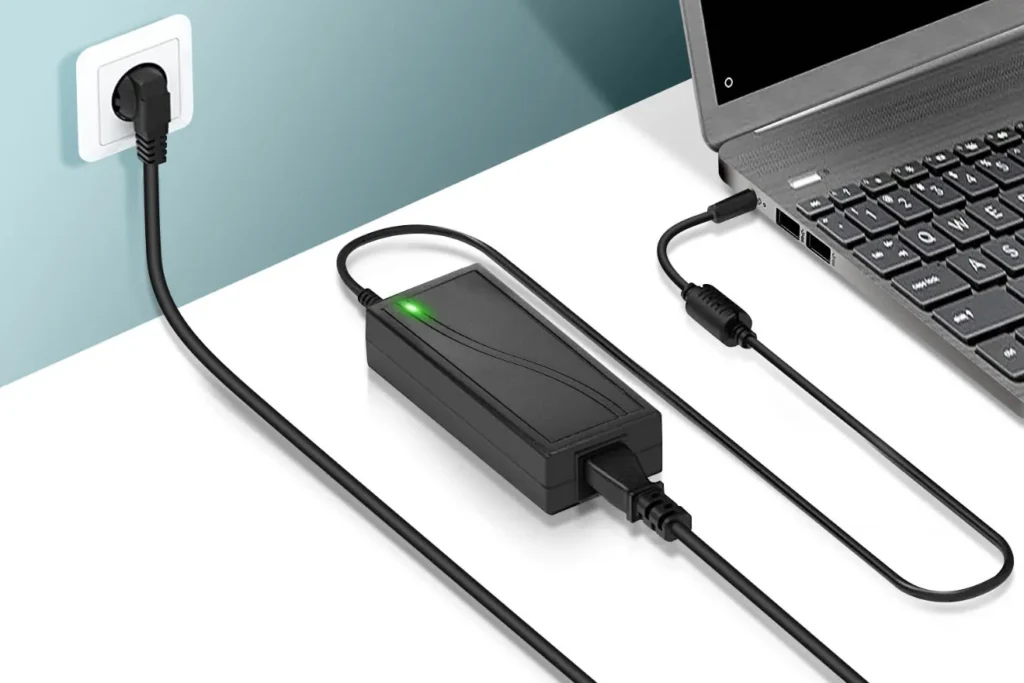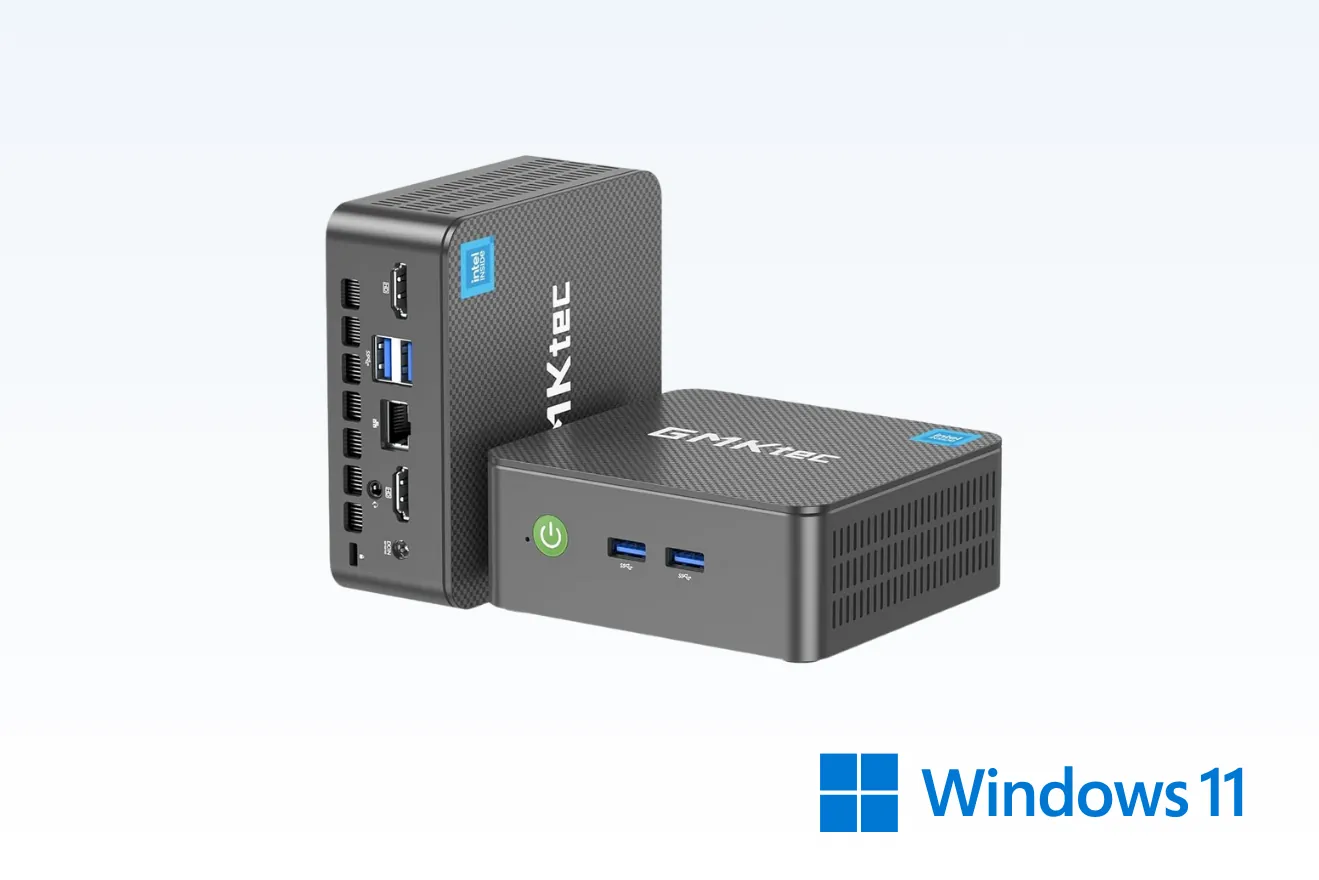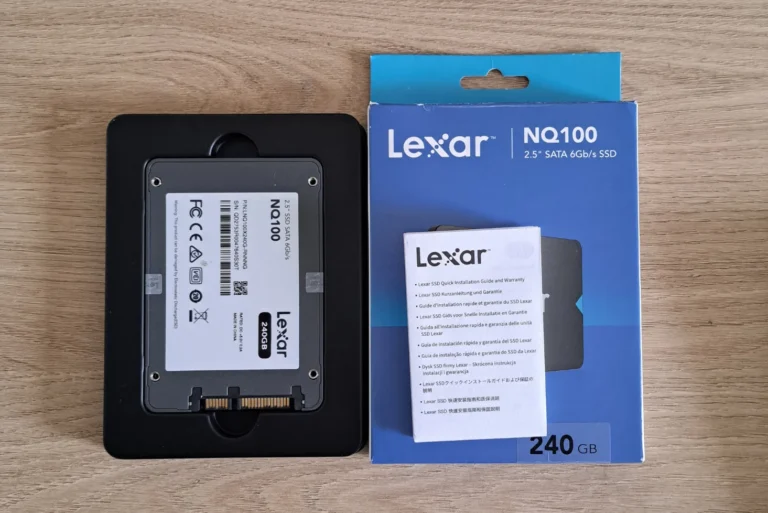Need a new charger for your laptop? Can’t repair your old charger? A universal model can be a practical and economical solution, but you still need to choose the right one. Between the power required, the right connectors and compatible brands, there are many factors to take into account to avoid mistakes. In this article, we take you step-by-step through these essential features of chargers for major brands such as Lenovo, Acer, HP, Dell, Asus and many others.
How to choose the right universal charger for your laptop?
- What’s the difference between a universal charger and an original charger?
- The 4 essential criteria for choosing a reliable universal charger
What’s the difference between a universal charger and an original charger?
The original charger is the one supplied by the manufacturer of your device (smartphone, laptop, tablet, etc.). It’s tailor-made to meet the needs of your computer, whether in terms of voltage, current or connectors. It’s the ideal charger for your device.
As its name suggests, the universal charger is designed to adapt to several devices. It is equipped with multiple attachments or an automatic voltage adjustment system. These models are particularly appreciated for their versatility, but they don’t always offer the same level of performance as an original charger.
The 4 essential criteria for choosing a reliable universal charger
Are you looking for a universal charger, but don’t know what technical aspects to look for? Don’t panic, I’ll explain the most important criteria clearly. You’ll see, it’s easier than it looks once you know where to look.
1. Endpieces: don’t get the wrong connectors!
A universal charger must be able to adapt to your devices, but this will only be possible if the tips supplied are compatible. Before you check out, take a few minutes to check :
- Connector shape: Laptops use a wide variety of connectors (round, rectangular, USB-C, etc.). Make sure your charger includes the one you need.
Voltage: don’t play with volts
Voltage, expressed in volts (V), is essential for your device to work properly. If it’s too low, it won’t charge, and if it’s too high, you risk damaging your battery, or even frying your device.
- Check your device’s requirement: The information is written directly on your old charger or on a label affixed to your device. For example: “19V – 3.42A”.
Tip: Don’t take any chances. The voltage must be exactly the same as that required by your device.
3. Intensity: the history of the ampere
Current, measured in amperes (A), indicates the amount of current the charger can deliver to your device. Unlike voltage, amperage can be higher than requested, but not lower.
- Too low? If your device requires 2 A and the charger only supplies 1, charging will be very slow.
- Too strong? No problem! A charger capable of delivering 3 A will be able to charge a device that requires 2 A without worry, because the device only consumes what it needs.
Tip: Choose a charger with a current rating equal to or greater than that required by your device. The more powerful, the better.
4. Integrated protection: a shield for your devices
A good universal charger should include protection systems to prevent accidents and protect your devices. These protections are not a luxury, they are essential. Here are the main ones to look for:
- Overvoltage protection: Prevents excessive voltage from damaging your device.
- Short-circuit protection: limits the risk of explosion or overheating.
- Overload protection: Prevents your battery from being “overcharged”, which can shorten its life.
Tip: Check that the charger is certified (e.g. CE, UL, RoHS) to ensure compliance with safety standards.













